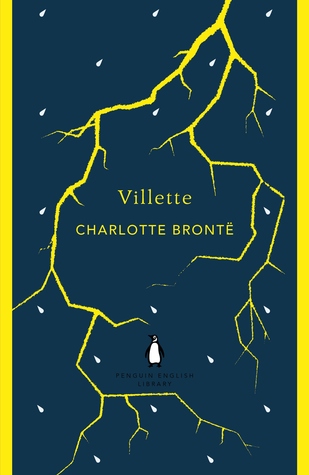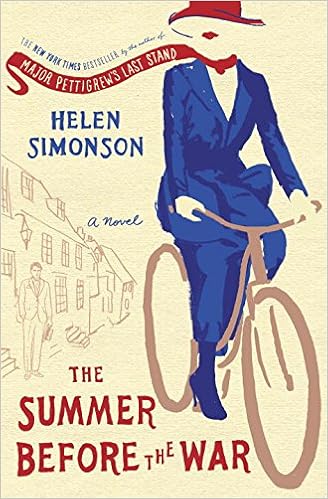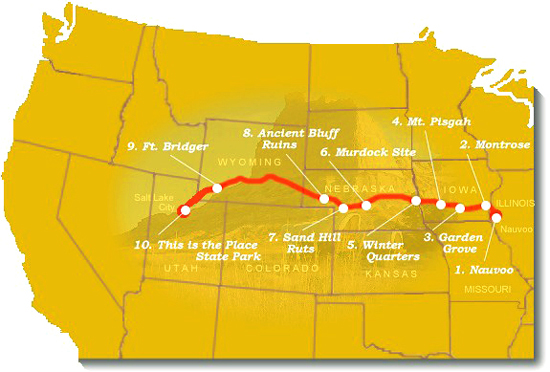I suppose I expected the same character traits in John Quincy Adams’ wife, Louisa Adams, née Johnson. However, Louisa was not a stalwart farmwoman, nor was she interested in the staid and serious intellectual grind that was so valued by the Adams clan. Because of this, it took me a while to really come to see her strengths and appreciate her good qualities (ironically, it took a while for her mother-in-law as well).
Louisa was born in London and educated like your typical Jane Austen heroine. Her upbringing focused on entertaining, music, social skills, and speaking French. In short, she was raised for the marriage market. John Quincy and Louisa’s attraction to one another was complicated from the beginning. Both of them had strong reservations about each other. John Quincy was unsure she was serious and practical enough to be an American politician’s wife, and Louisa was unsure if he truly loved her. They both had strong tempers. As is often the case when a strong-minded man and an impetuous woman are thrown together, Louisa comes off looking the worst. In the beginning, she seems petty, immature, and lacking intellectual curiosity. She likes to dress up and be admired, she wants to wear rouge; she complains a lot and she’s unable to do anything even as practical as balancing their home account books.
However, as the years passed, a number of severe trials caused her to develop into a complex and sympathetic woman. She experienced numerous and often very painful miscarriages. She longed to be settled with her family, but she was forced to lead a nomadic lifestyle as a diplomat’s wife. And while she wasn’t interested in John Quincy’s Tacitus and Cicero, she set out on her own rather unpredictable, but no less valuable, course of study and reading. She was infinitely more interesting at 40 than she was at 20.
The most compelling chapter in Louisa’s life was when she and her youngest son, Charles, accompanied John Quincy on a diplomatic mission to St. Petersburg. Pressure from Abigail Adams forced her to leave her two older sons behind in America, something she always regretted. For six years she had to live in frozen, desolate Russia, while navigating the gaudy and extravagant aristocratic society of St. Petersburg royalty and politics. She experienced bitter loneliness and indescribable pain at the loss of a baby daughter while there. And when John Quincy was called away to Paris she was forced to live alone for nearly a year and then to make the dangerous journey from St. Petersburg to Paris on her own.
One of the most intriguing things about Louisa is that she was one of those women who is incredibly strong when they have to be, but who immediately crumples under male protection.
The author notes, “In times of adversity, forced to rise to the occasion, she often thrived. She had crossed thousands of miles from St. Petersburg to Paris, fording half-frozen rivers and meeting with unruly soldiers. She had made difficult decisions quickly and well. She had taken care of her small and terrified son. She had traveled through the night, slept very little, dealt with deserting servants, crossed battlefields, and ravaged villages, and faced the approach of a dictator. She had shown courage and self-command. She had not been overcome by fatigue. She had in fact completed the journey from St. Petersburg with such strength that her husband concluded the arduous trip had been crucial to her health. This same woman, once relieved from all responsibility and returned to the protection of her husband, after a much shorter and easier journey, was now helplessly tired and overwhelmed” (233 – 34).
John Quincy wasn’t the type of husband who was sympathetic to female weaknesses either. Much like his father, he was argumentative, bullish, and had an “I don’t give a damn what you think of me” attitude. He would shut himself up in his study, grumble and growl at visitors, and was often noted for being taciturn during important social occasions. I think Thomas makes a convincing case that without Louisa’s ability to navigate the social side of politics, there is a good chance John Quincy would have completely ostracized himself from politics through his reclusive tendencies. Louisa was charming and sociable and very aware that being able to make friends with people in high places could get you further than a well-constructed argument or strong political conventions.
A misanthrope and a social butterfly, they were an unlikely match and their relationship was often explosive and studded with anger and misunderstandings. Yet, however ill-suited their personalities were, their love became strong and true through a lifetime of shared struggles and tragedies.
A study of Louisa Adams’ life may not prompt the same respect and adoration as a study of Abigail’s would. However, her failings make her very human and approachable. Louisa truly led an “extraordinary life” because she became an extraordinary person. You will come away from this biography with not only an appreciation for her endurance and courage, but for her weaknesses as well.



















